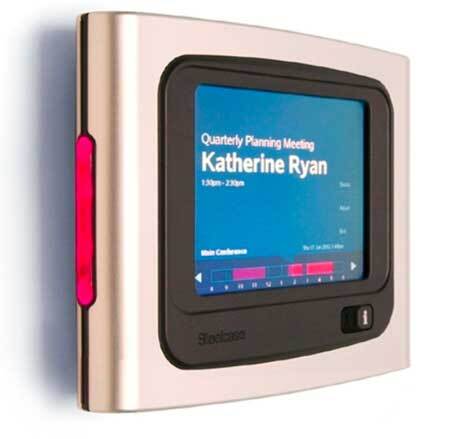Background

The Appliance Studio turns to DSL for custom design expertise
The Appliance Studio is an innovation and intellectual property company, specialising in the area of information appliances. The idea of an ordinary appliance is a well-established one – merely the tools we use everyday to accomplish simple tasks without thinking. We just plug them in and start using them to wash the dishes, make lunch or clean the car. Appliances do one thing well, and everyone knows how to use them.
Information appliances are just appliances which deal with information. They’re already all around us – digital cameras; mobile phones; photocopiers, printers and scanners to name just a few – and new ones are being invented all the time.
This is where The Appliance Studio specialises. It understands digital technologies and how they interact with people. It uses human-centred innovation to help its clients invent new products, improve existing ones, and redesign business strategies.
Its team comprises experts from the fields of psychology, design, engineering, and business, and it offers services and platforms to industry and others involved in the creation, implementation and delivery of information appliances of all types. However, despite this internal expertise, on occasion The Appliance Studio does outsource to companies whose skill sets complement its own, and for a recent project it chose DSL for its design expertise.
A recent major project with a US partner meant that it had to develop a new class of appliance product for both North American and European markets, and the company needed external design expertise to support its existing resources.
Challenge
The Appliance Studio sought an experienced electronic design partner who could undertake processor board design, provide BIOS adaptation services and could manage both the rapid prototype and product build – DSL fitted the bill on all counts.
The outline requirement was for a thin profile, (30mm) small footprint (200mm x 150mm) enclosure housing an X86 architecture, fan less single board computer of Intel Pentium MMX 200MHz performance or similar.
A wired RJ45 LAN connector, USB and an IR port were also required, but without the need for add-on modules. Space was a major factor within the new custom enclosure, and the add-ons would have encroached into the space available.
The display requirements were a 6.4” 640×480 TFT with a 4 wire resistive touch overlay and the whole package must support The Appliance Studio’s client’s demand for Linux compatibility.
Solution
Working collaboratively with The Appliance Studio’s in-house engineers, DSL created a project plan, which outlined how the key stages of the project were to be achieved, and also a design specification, which summarised how the product requirement was to be achieved technically.
DSL’s engineers believed that the enclosure profile would increase the importance of heat dissipation and put forward the AMD GX1, running at 200MHz, as the optimum x86 solution for the product. It was imperative for the temperature to be kept down without the need for artificial cooling, and the GX1 runs at significantly lower temperature than the equivalent Pentium MMX, and also required less support devices.
The Insyde Technologies XpressROM bios provided the most accessible support layer, so that was selected when it came to meeting the client’s demand for Linux compatibility.
A functional – although not form factor – fit platform was quickly established. This allowed the client a much-needed opportunity to port its current version of the application to, which in turn also provided a software development platform whilst the hardware custom design was taking place. This gave the additional benefit of allowing the client to effect post specification design changes to the hardware design right up until the very last minute.
Expertise and experience in design allows a custom design specialist such as DSL to verify at the most precise levels. This occurred at key stages throughout the design, ensuring not only that the design, would boot first time once it was built, but also removed the necessity for a re-cut loop which would add weeks of delays to the project.
Continued close liaison between design and procurement ensured that all the necessary parts were available for the prototype build quantities. DSL’s years of providing custom design solutions means it has similarly good relationships with component distributors, another factor that can help smooth a project along when timescales get aggressive.
As the enclosure was being developed in parallel with the processor card, the early release of pre production prototypes also helped establish the success of the design of enclosure.
When it came to review meetings, all parties (DSL, The Appliance Studio and its client) were involved wherever possible. This provides the opportunity to rationalise the effects of late change with either party, allowing the client to derive the optimum solution.
Results
The appliance product required was delivered on-time, on-budget and to the Appliance Studio’s client’s satisfaction. DSL continues to work with The Appliance Studio on projects, providing custom design solutions to complement the existing in-house skills.
“The Appliance Studio chooses its partners very carefully, and DSL proved to be an excellent choice. Its skills and services are of the highest quality and I have nothing but praise for its performance on this project.”
Simon Lewis – Technical Director, The Appliance Studio


